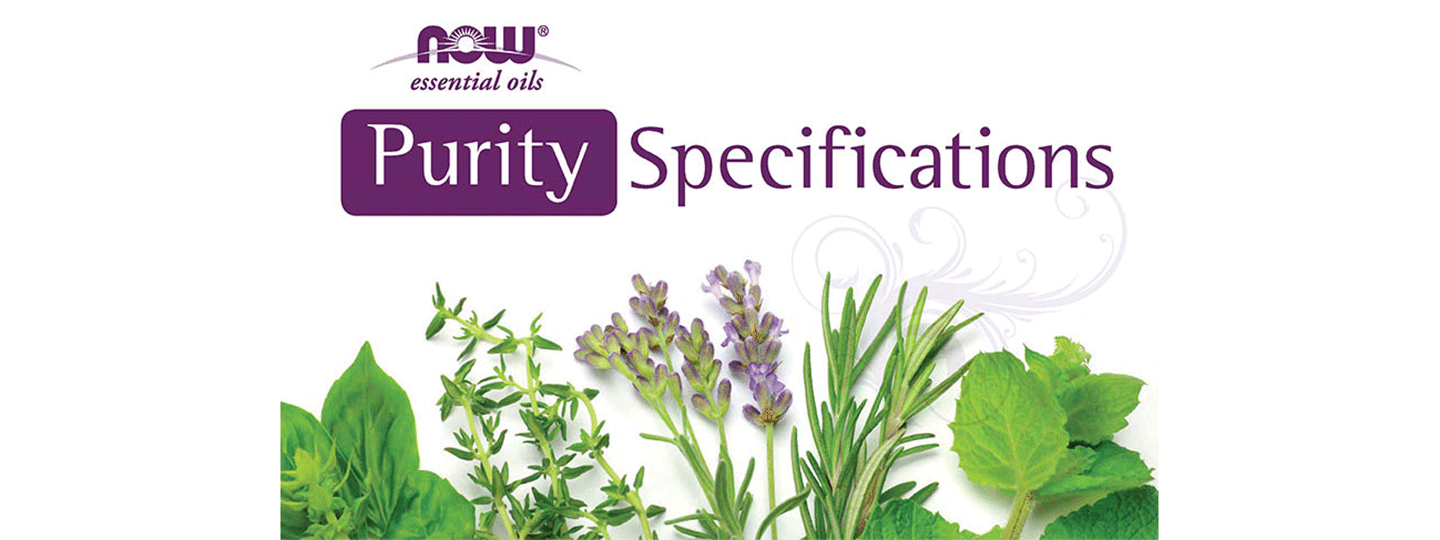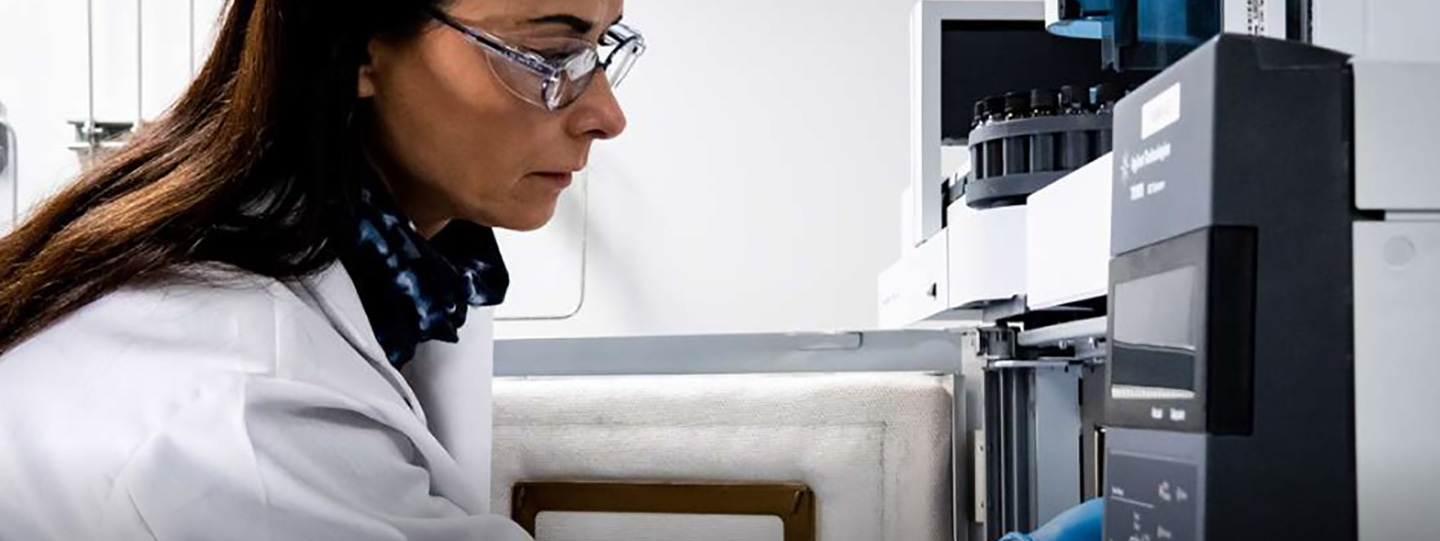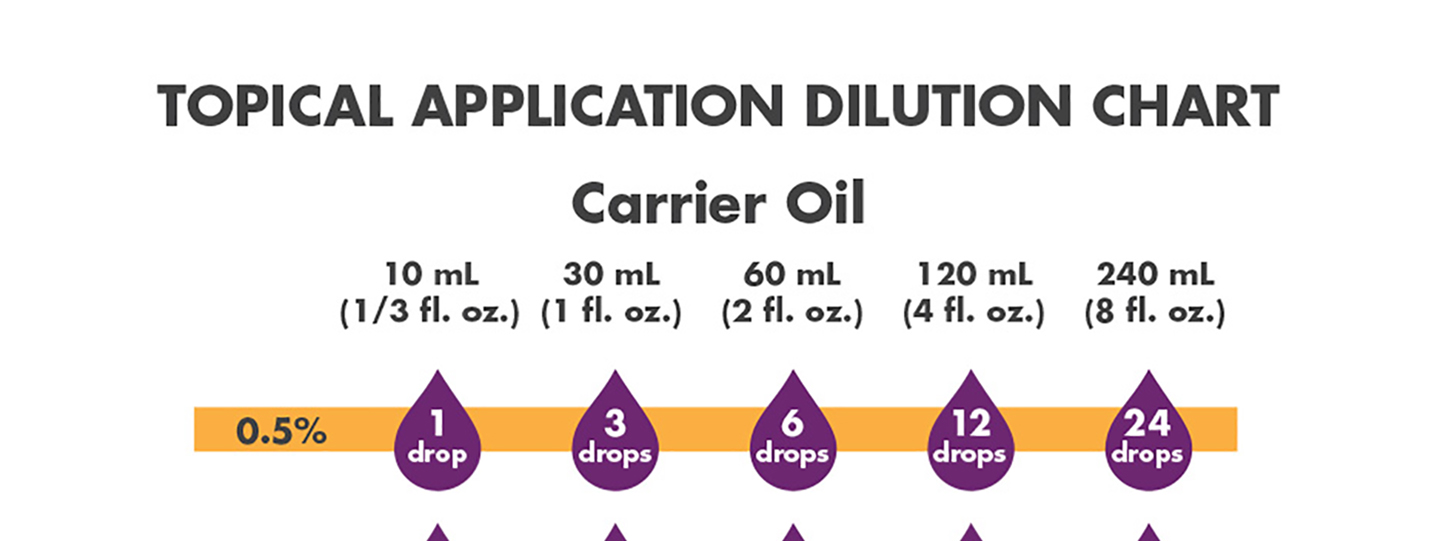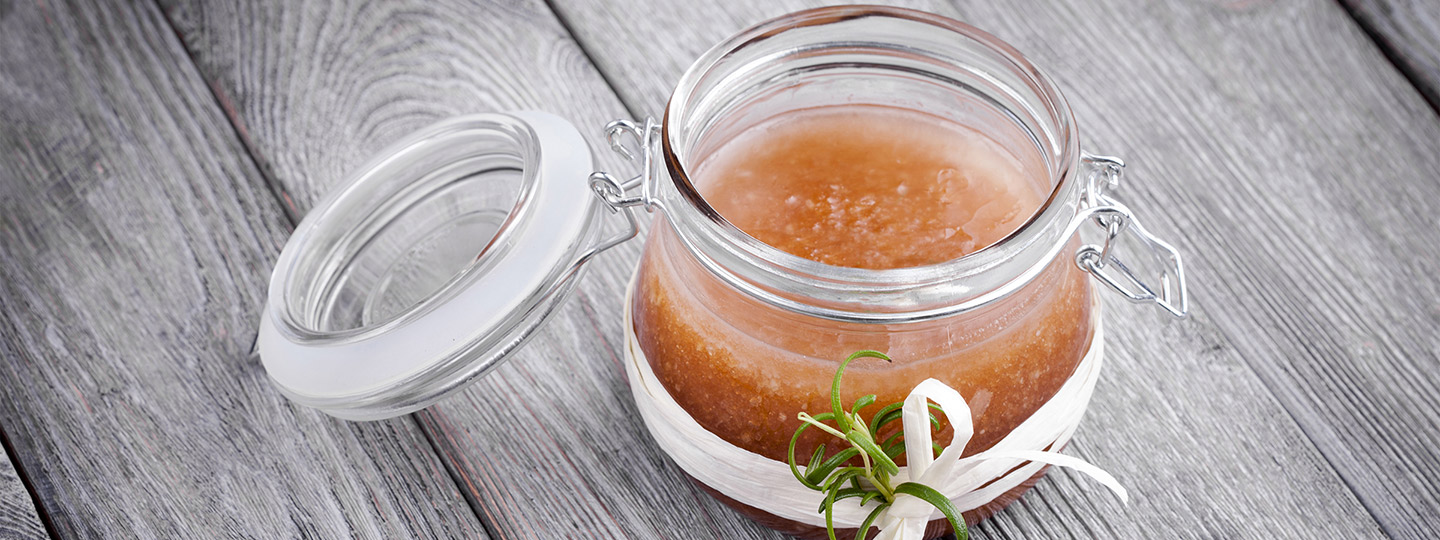Essential Oil Identity & Purity Testing
Essential oils are aromatic liquids obtained from plant material – flowers, buds, seeds, leaves, twigs, bark, fruits, and roots – through steam distillation or mechanical pressing. They are concentrated plant extracts that retain the natural smell and flavor of their source.
At NOW® we take the quality and purity of our essential oils very seriously. We have made long-term investments in the instrumentation and the professional staff necessary to guarantee the identity, purity, and quality of our essential oils. We work closely with our growers and suppliers to safeguard the quality of our raw materials. By confirming all aspects of essential oil quality, we promise that what is on the label is what is in the bottle!
The characteristic fragrance of essential oils is attributed to the unique composition of chemicals in the plant, including: hydrocarbons, terpene alcohols, aldehydes, ketones, phenols, and esters. This variation affects the smell, absorption, and effects on the body. The chemical composition of an essential oil may vary within the same plant species and is unique to the botanical genus/species, chemotype and plant part from which it is derived.
NOW® has established long-standing relationships with our suppliers, helping assure the quality and availability of our essential oils. We have also developed a stringent vendor qualification program, allowing us to source only the preeminent quality oils.
Factors such as global market conditions, geographical sourcing, and unanticipated weather events can affect the quality of the oils from year-to-year. These are similar concerns for many natural products when supply is constrained. Periodically, we have seen examples of dilution, substitution, and even the use of synthetic alternatives masquerading as their natural counterparts
We Tested Other Brands: Exercise Caution When Buying Essential Oils
Confirming Identity & Purity
NOW® regularly assesses the quality of our essential oils through the evaluation of purity and identity. This protects our retailers and consumers, ensuring they get the product they paid for.
We utilize numerous physical or physiochemical techniques, including:
Instrumental testing such as Refractive Index, Optical Rotation, Specific Gravity, Gas Chromatography (GC), and Inductively Coupled Mass Spectrometry (ICP-MS);
And, Organoleptic Evaluation, focusing on appearance and odor.
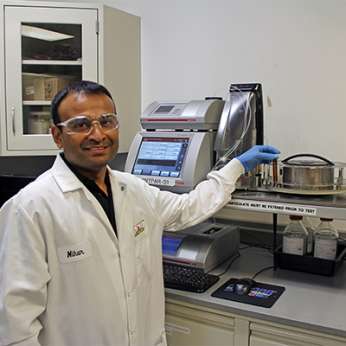
Instrumental Testing: Refractive Index
The measurement of refraction of light rays as they pass through material. This test is performed with the help of a refractometer. A few drops of an oil under test are put between 2 prisms of the instrument at a known temperature and the index is measured. This testing thus requires very little sample and time; however, refractive index is only a qualitative test of purity of essential oils.
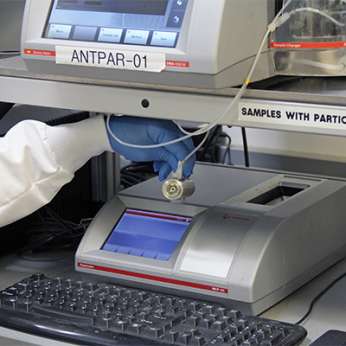
Instrumental Testing: Optical Rotation
Whenever light rays pass through a transparent material, in addition to refraction, rotation of plane of polarization can also occur. This is known as Optical Rotation and is defined as a degree of angle of rotation. This rotation can be to the left (levo rotatory or minus) or to the right (dextro rotatory or plus). The instrument used to determine optical rotation is called a polarimeter. It measures the degree of rotation by passing monochromatic light through the first of two polarizing plates, creating a polarized beam. This beam is then rotated as it passes through the sample. After passing through the sample, a second polarizer (analyzer) rotates. When the analyzer is rotated such that all the light or no light can pass through, the angle of rotation is determined. Optical rotation, similarly to Refractive Index, is a qualitative measure of the purity of oils.
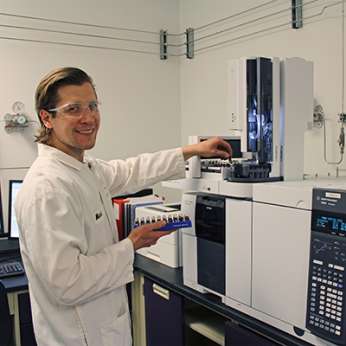
Instrumental Testing: Gas Chromatography (GC)
Gas chromatography (GC) has been a key tool in characterization and purity evaluation of essential oils. The principle of GC operation is chromatographical separation of volatile components of the essential oil into individual peaks to create a unique, fingerprint-like, chemical composition profile. Mass Spectrometry (MS) detector allows identification of each of these components using their nominal masses and determines their percentages. The GC-MS component profile does indicate whether an oil is from the correct genus/species, of inferior quality, or if it is adulterated or contaminated with other, less expensive essential oils, fragrance compounds, plasticizers, or other unwanted components. NOW® utilizes a specialized third-party testing laboratory to perform the GC-MS testing of essential oils as it continues to build an in-house testing program for the analysis of essential oils by GC-MS. But we go further than that. NOW®’s in-house testing program will also employ a statistical analysis approach using the GC-MS data to evaluate the identity, purity, and the natural disparity of the essential oils to further control the quality of our products.
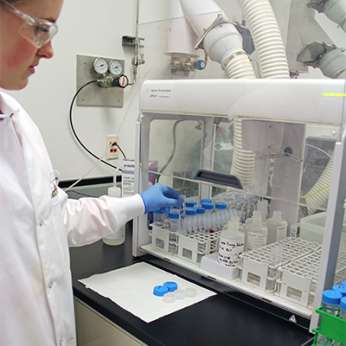
Instrumental Testing: Inductively Coupled Mass Spectrometry (ICP-MS)
Essential oils can be easily contaminated with heavy metals from the environment (soil, water, or air) during plant growth and the manufacturing processes. To ensure that NOW® essential oils are not contaminated with toxic levels of arsenic, cadmium, lead and mercury, we employ ICP-MS analysis. In short, essential oils are digested using a strong acid and introduced into a hot plasma (burning argon gas), which ionizes the elements. The heavy metals are then detected and quantified at nanogram levels by the mass spectrometer.
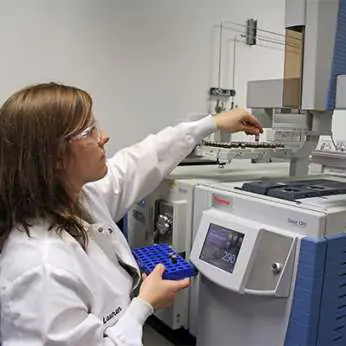
Pesticide Residue Analysis
The widespread use of pesticides on botanicals can result in residues present in essential oils, whether they are produced by cold pressing, steam distillation, or solvent extraction. Pesticide residues can be co-extracted, and due to essential oils being very concentrated, they might be present in the oils at high concentrations. At NOW®, we have developed an in-house pesticide residue testing program, allowing us to monitor the potential pesticide contamination in our essential oils. The broad spectrum of pesticides tested between two analytical platforms, Liquid Chromatograph Tandem Mass Spectrometer (LC-MS/MS) and Gas Chromatograph Tandem Mass Spectrometer (GC-MS/MS) further guarantees the quality of our products.
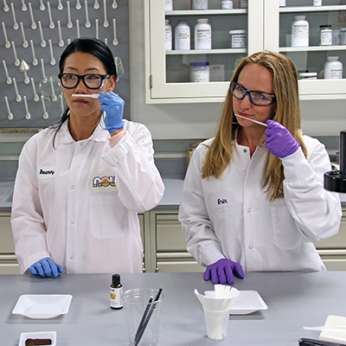
Organoleptic Evaluation – Focusing on Appearance and Odor
The nose is one of the most efficient tools in essential oil sensory evaluation. A trained essential oil analyst can notice even small differences in odors and can immediately detect a quality problem with an oil before proceeding with more sophisticated analytical tests. An essential oil can be rejected based on a poor or uncharacteristic odor profile. Although there are many advancements in the analytical techniques, organoleptic evaluation can still be the single most important arbiter of essential oil quality when a seasoned, trained essential oil chemist is making the call.
Testing is the Difference
The orthogonal approach to essential oil testing by NOW® facilitates a complete characterization of the essential oil and guarantees the product identity, purity, and safety.
Note About Therapeutic Grade
Labeling an essential oil therapeutic, medicinal, or aromatherapy grade could be misleading. A number of companies use these terms, even though no governmental agency or other pharmacopeial organization approved grading standard is used consistently throughout the essential oil industry. This terminology can be used by any brand as a deceitful measure of quality and has no real bearing on the identity, purity, or safety of an essential oil.
At NOW® we take the quality and purity of our essential oils very seriously. We have made long-term investments in the instrumentation and the professional staff necessary to guarantee the identity, purity, and quality of our essential oils. We work closely with our growers and suppliers to safeguard the quality of our raw materials. By confirming all aspects of essential oil quality, we promise that what is on the label always corresponds to what our customers get in the bottle!

